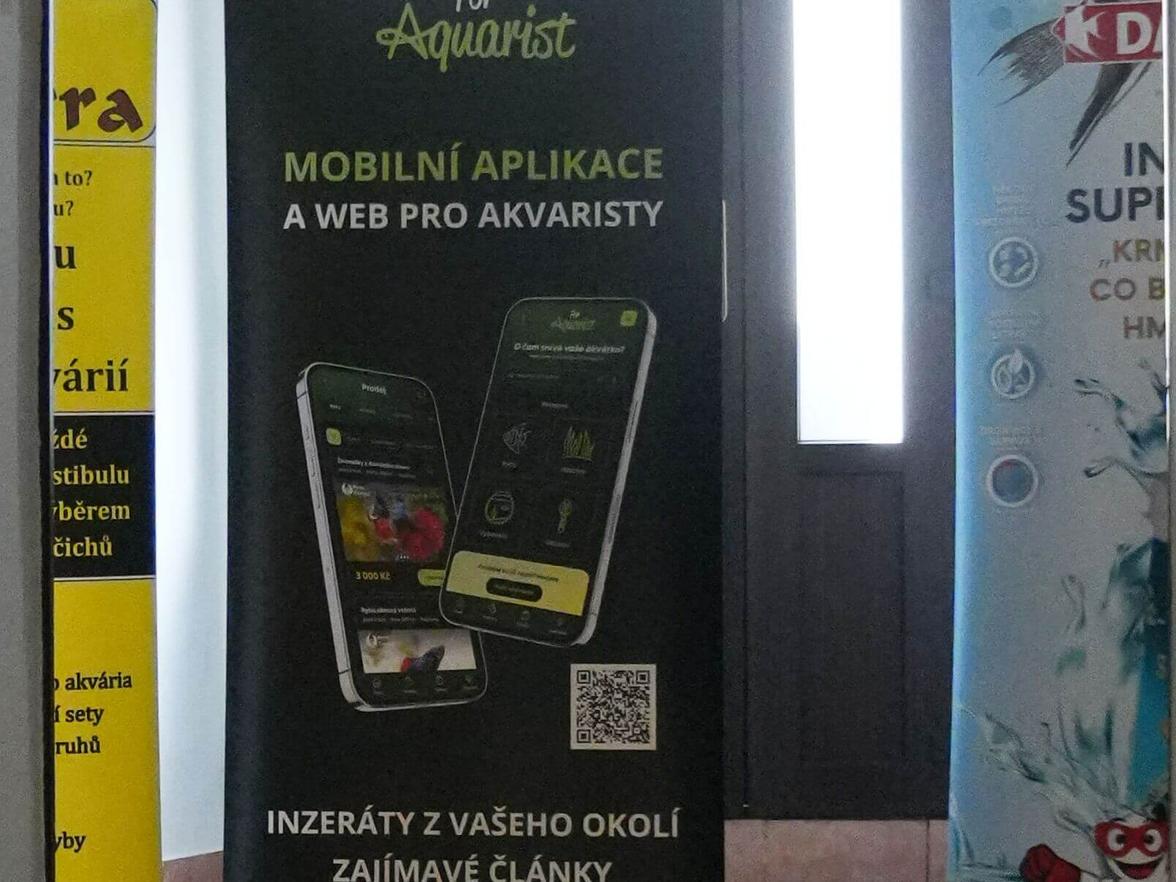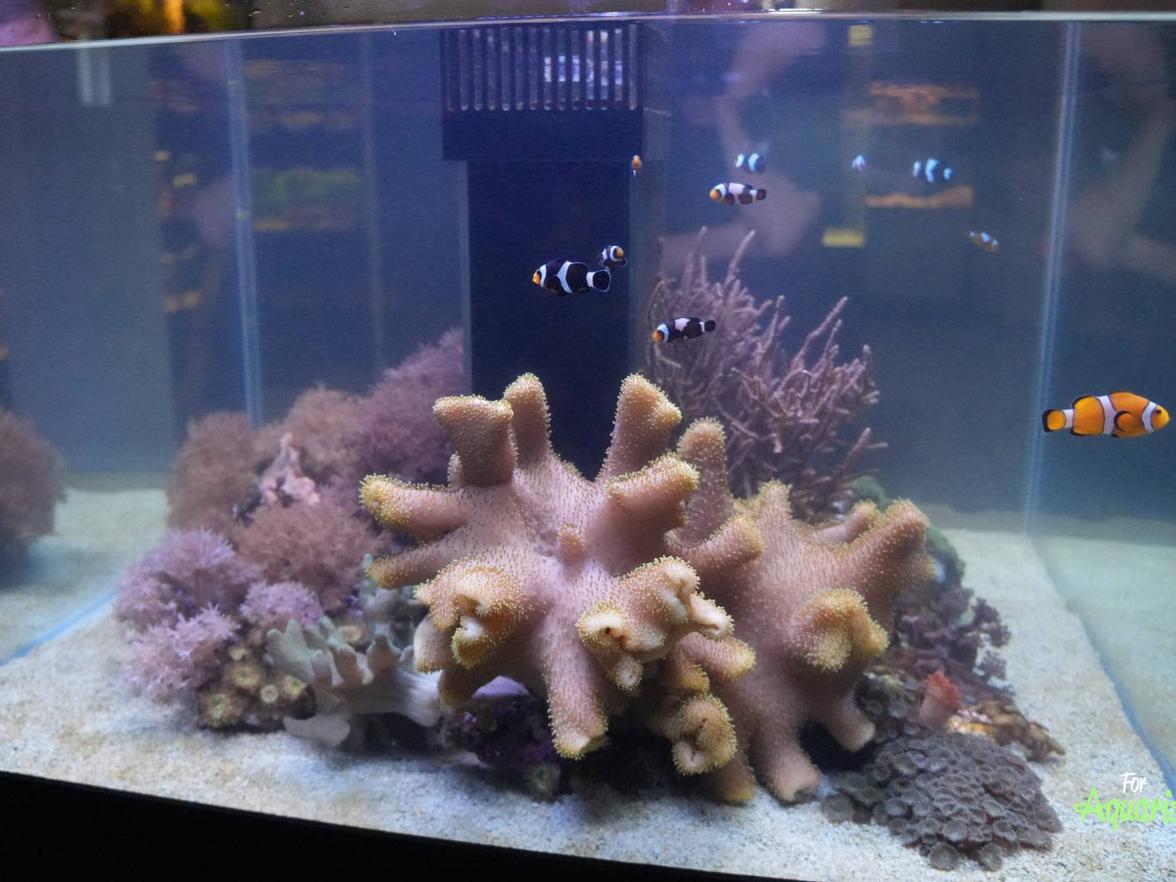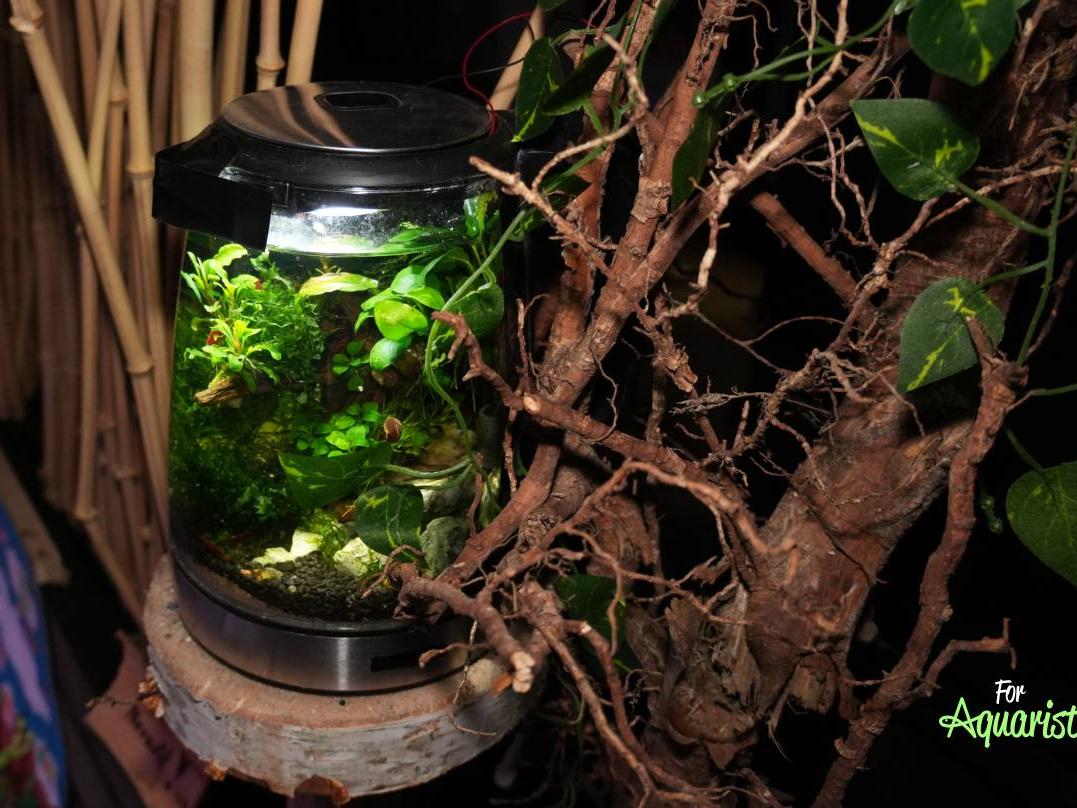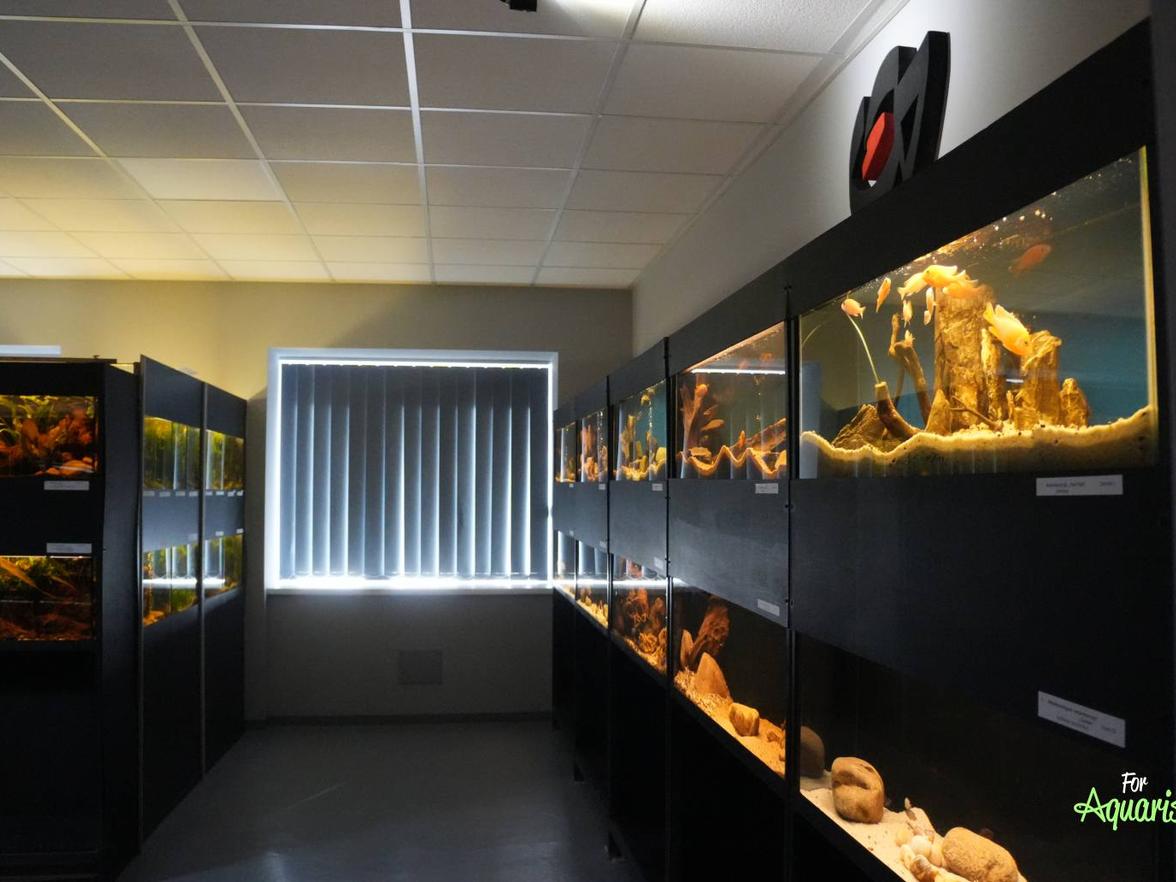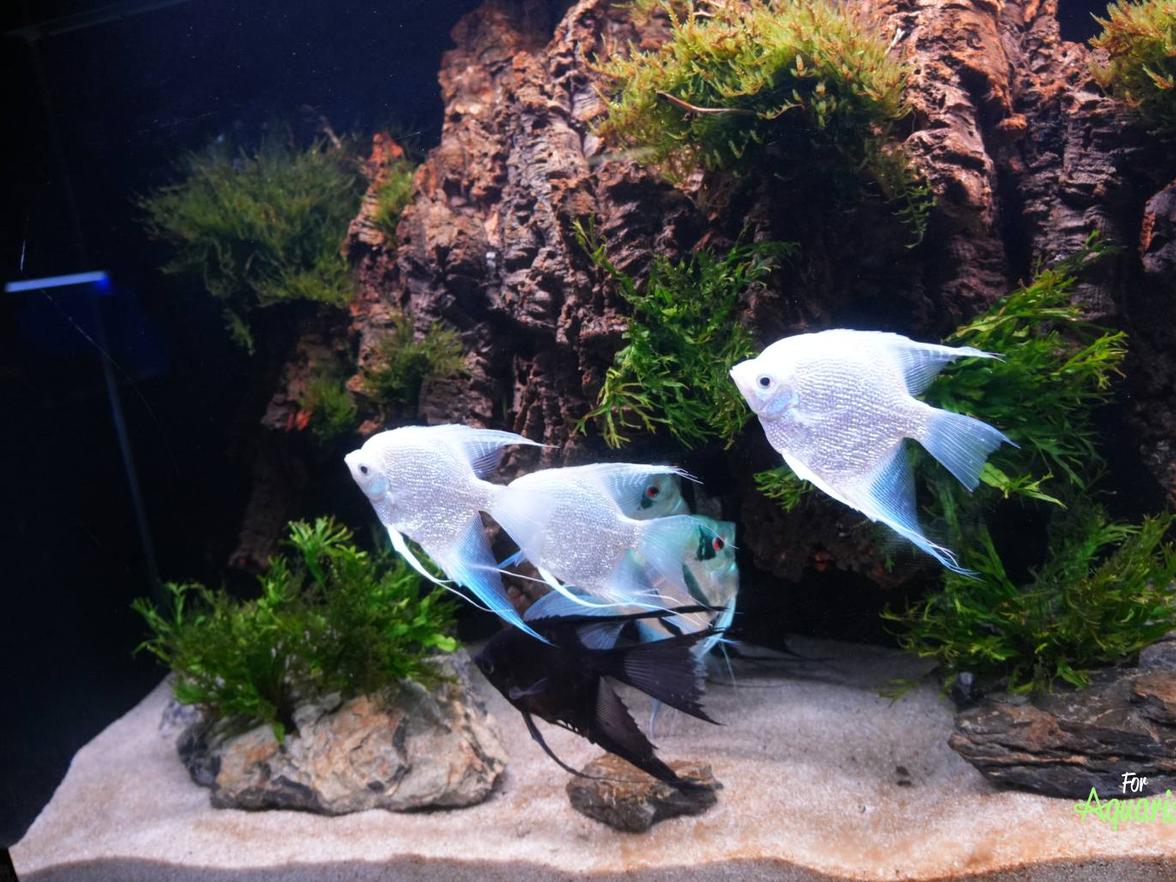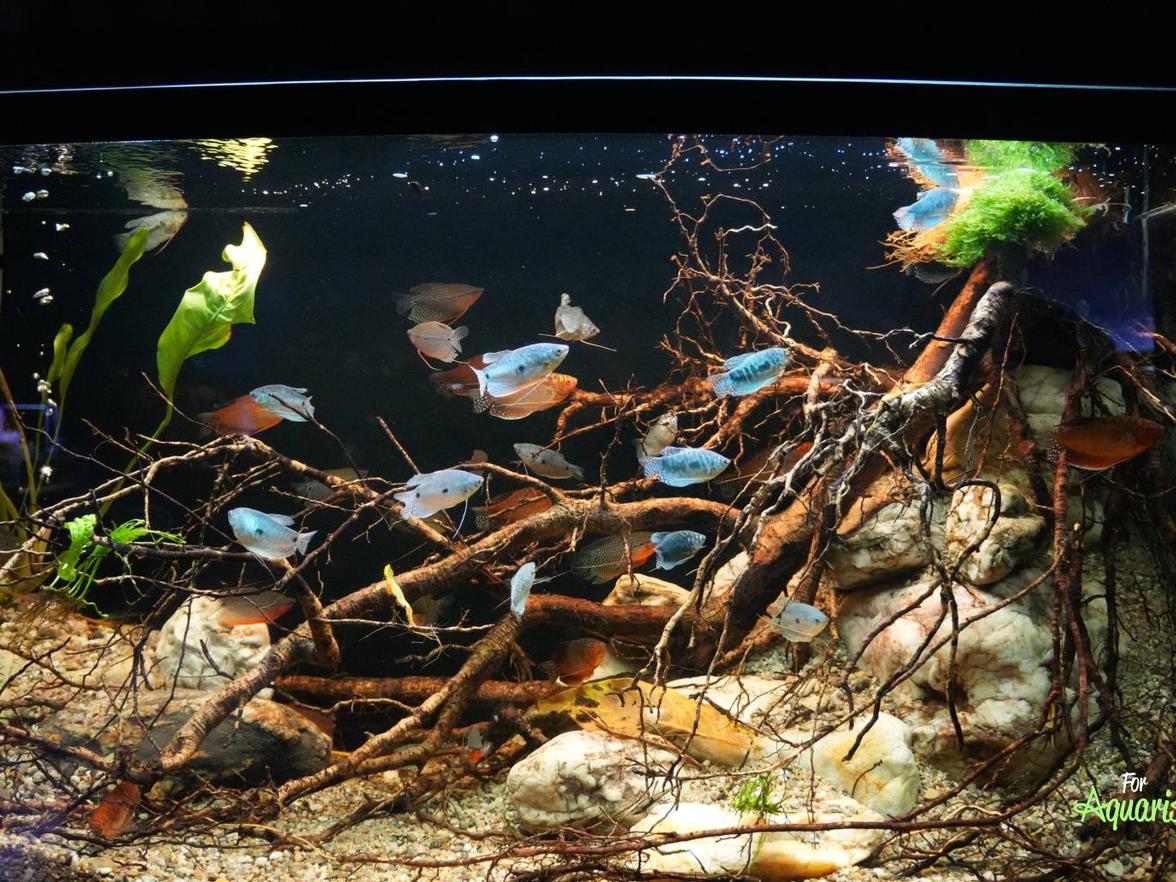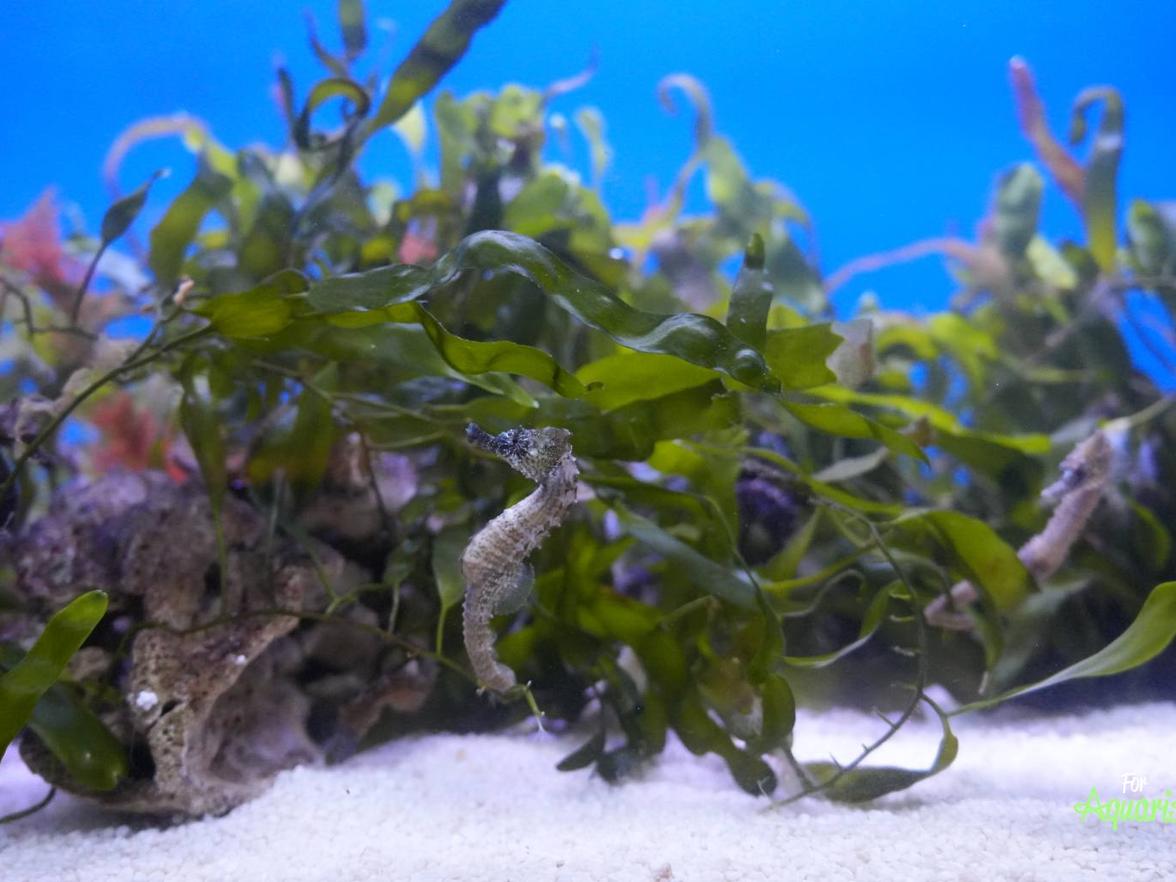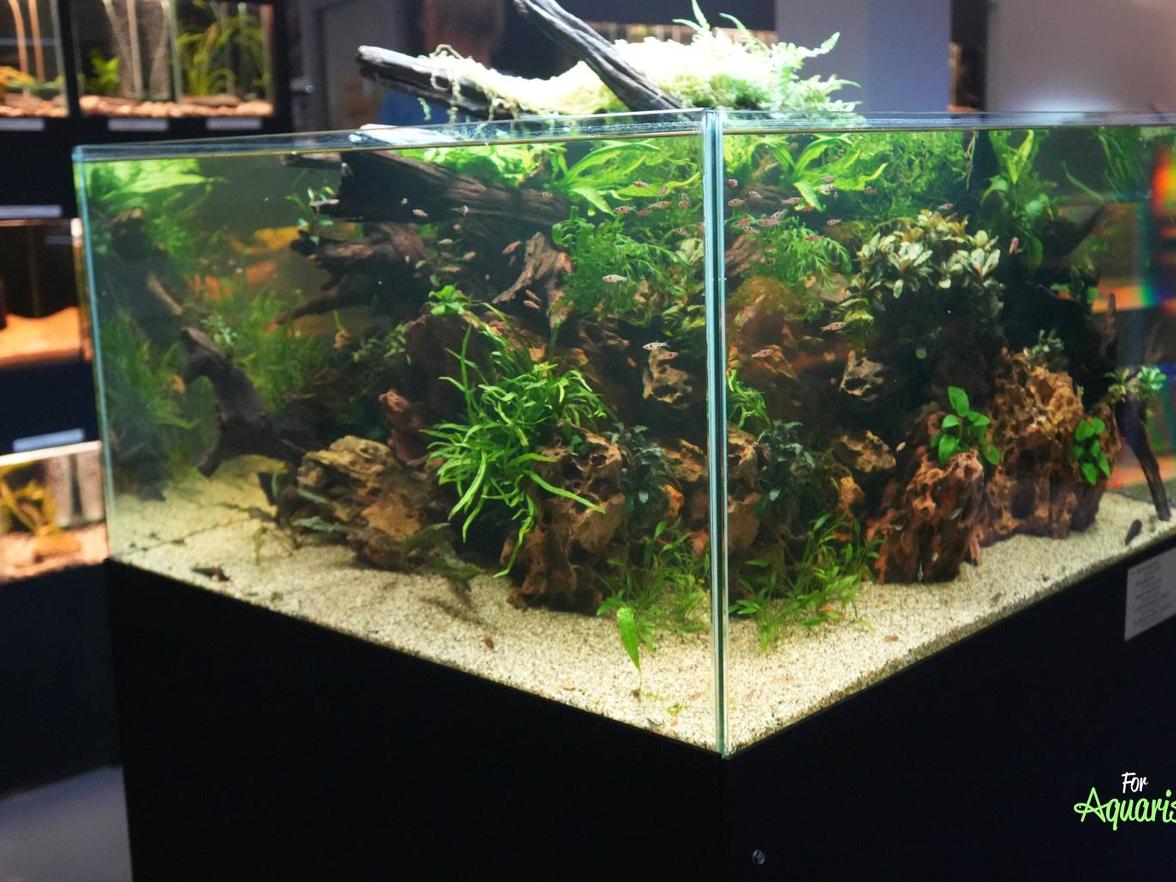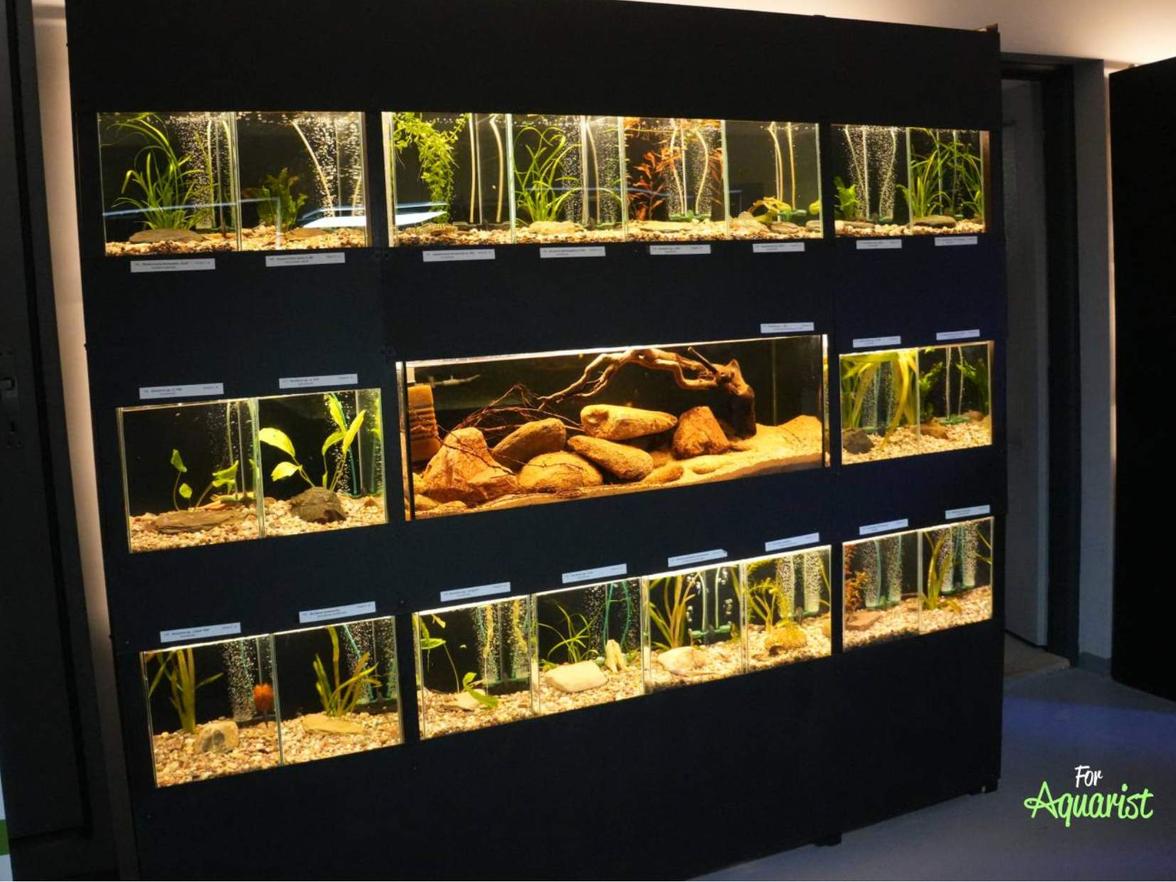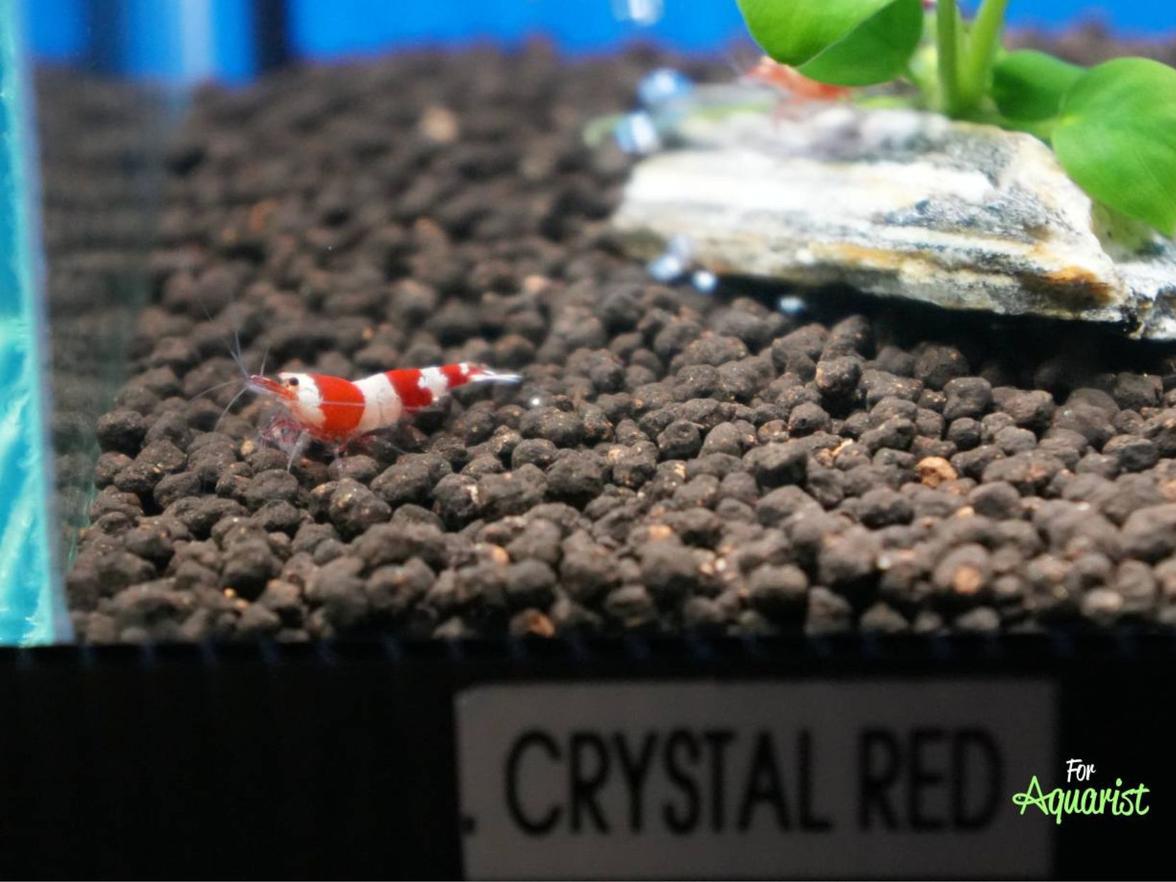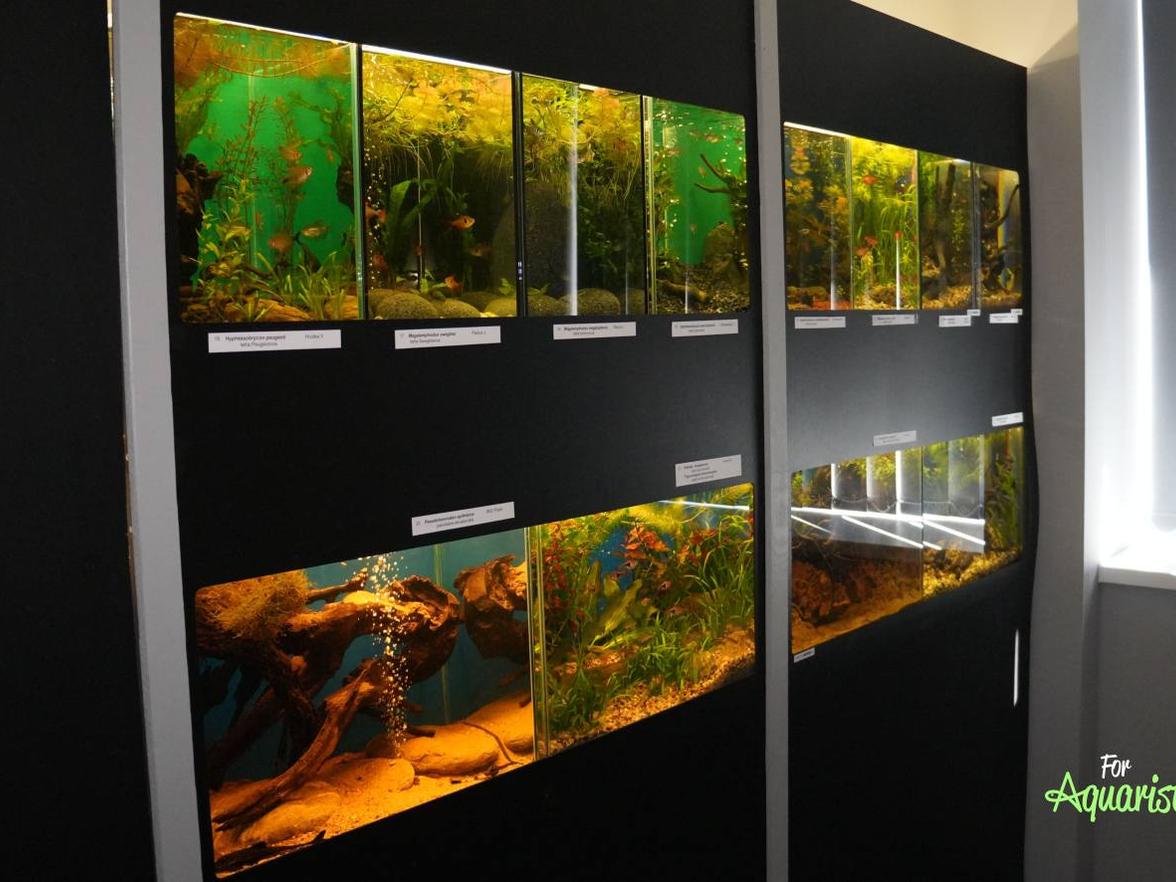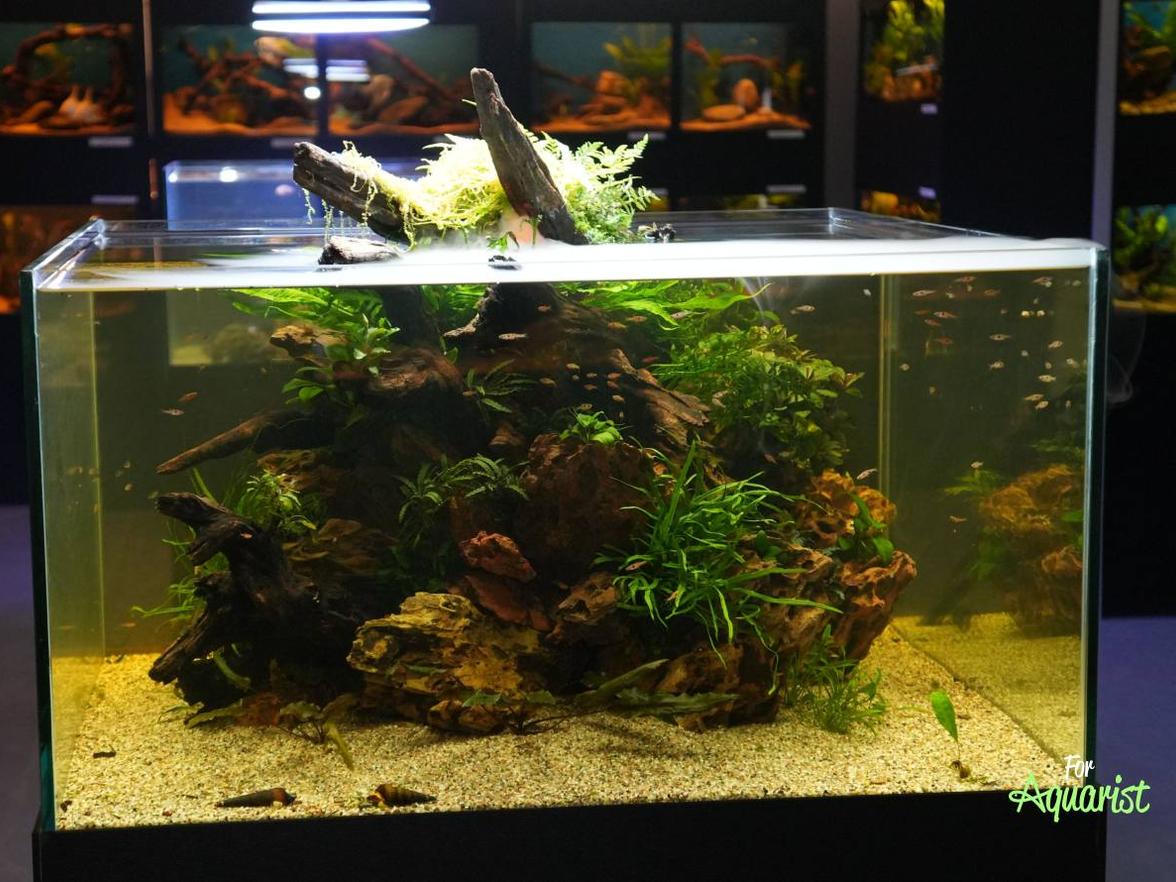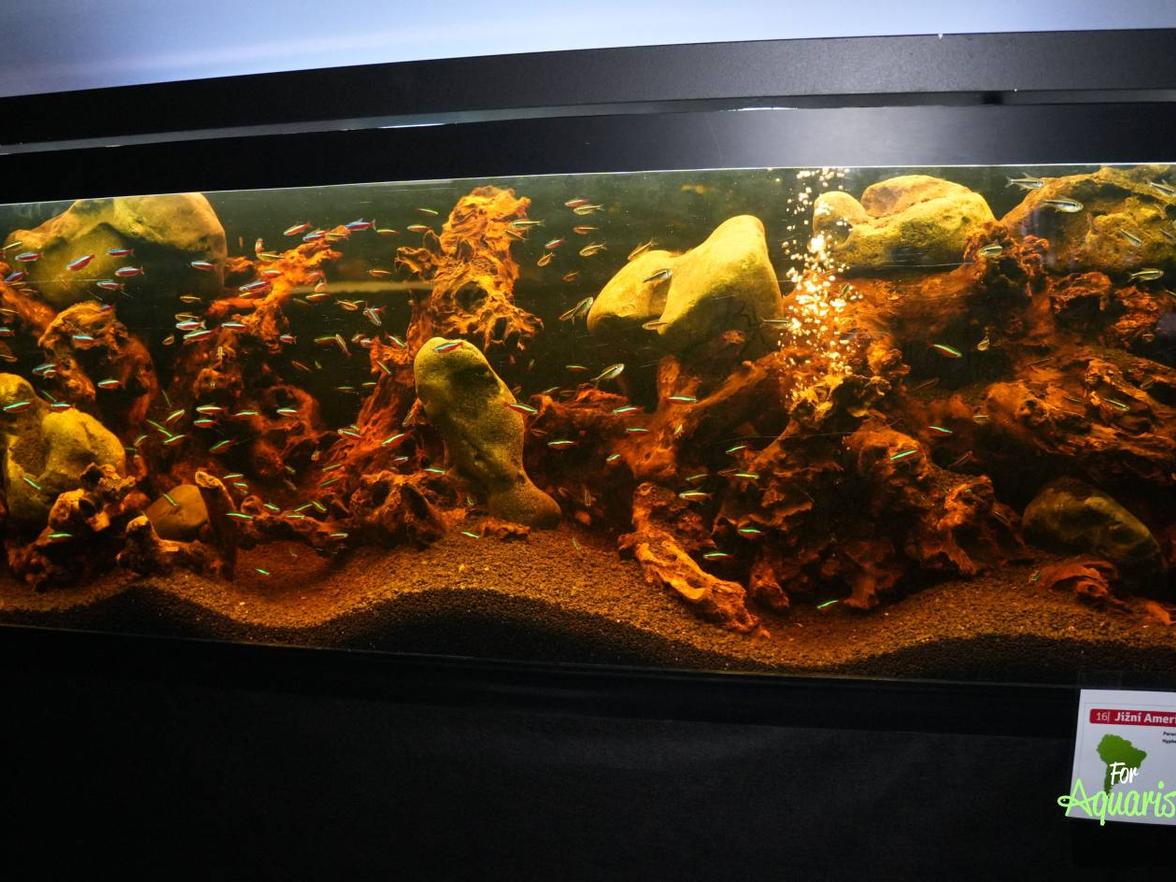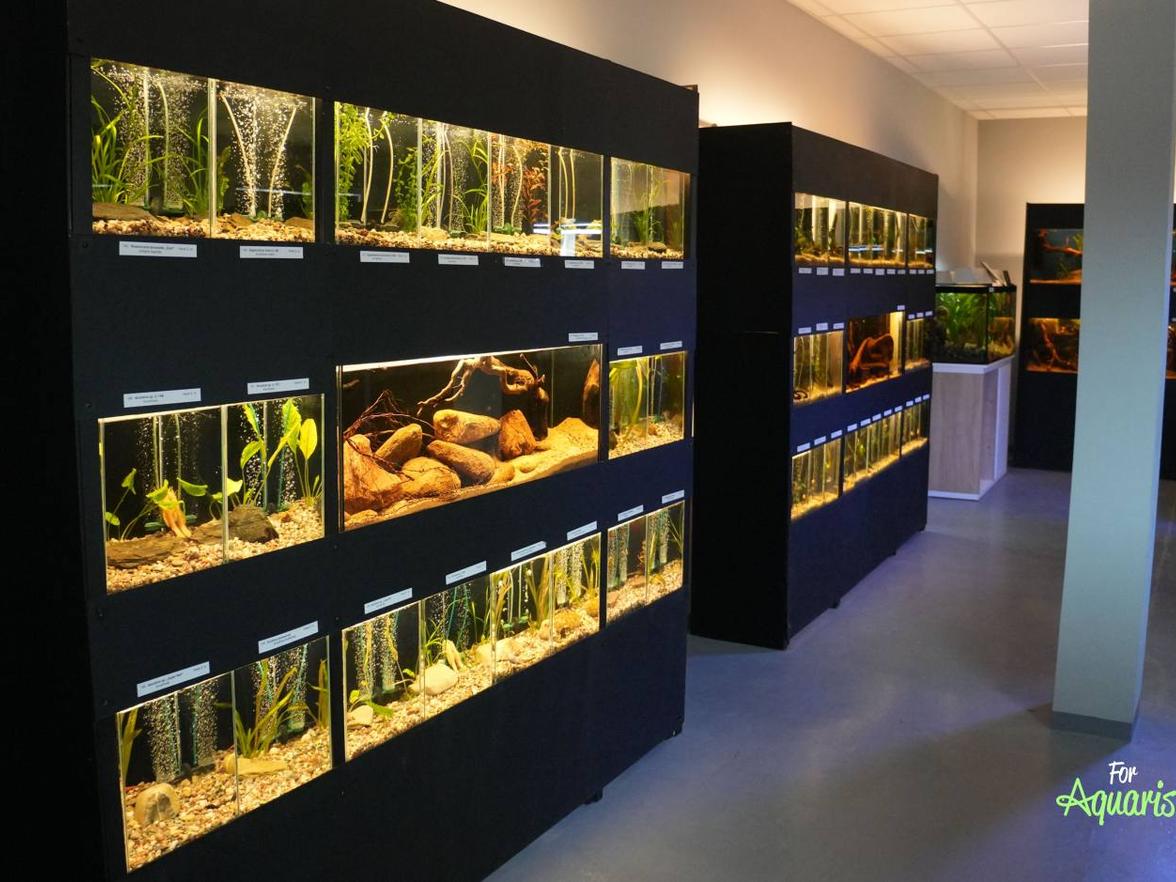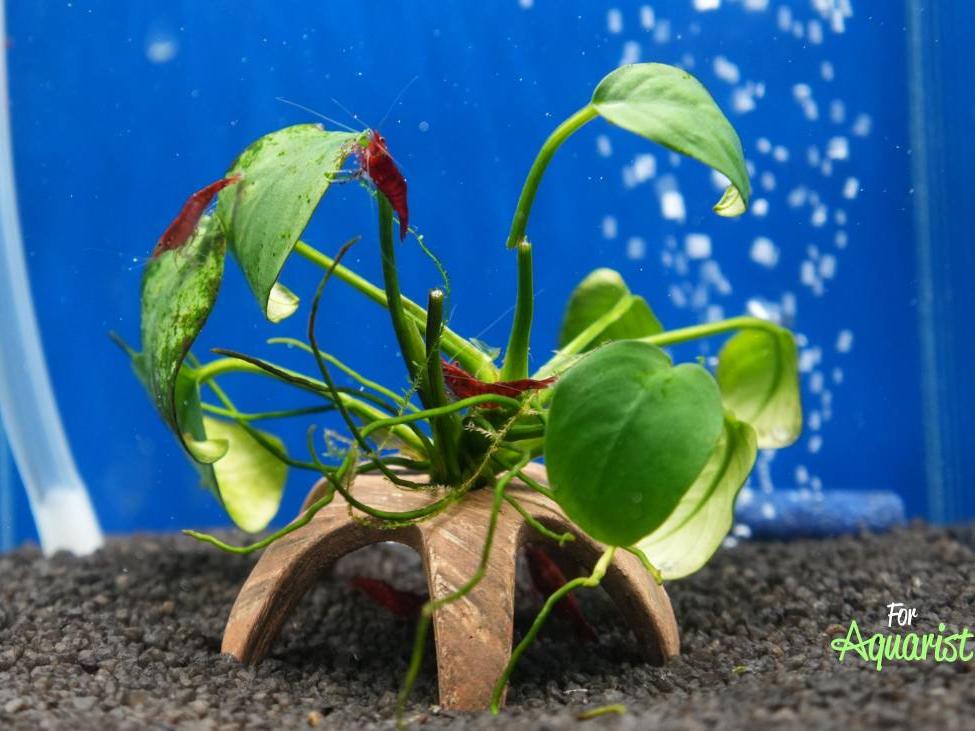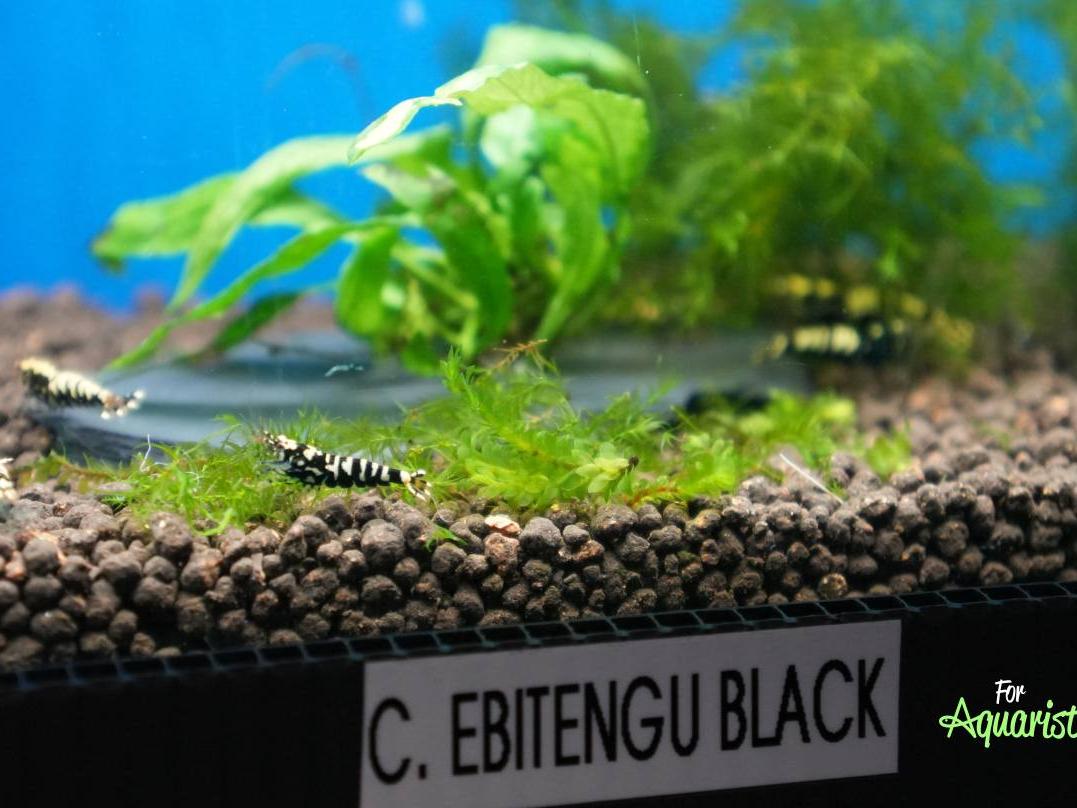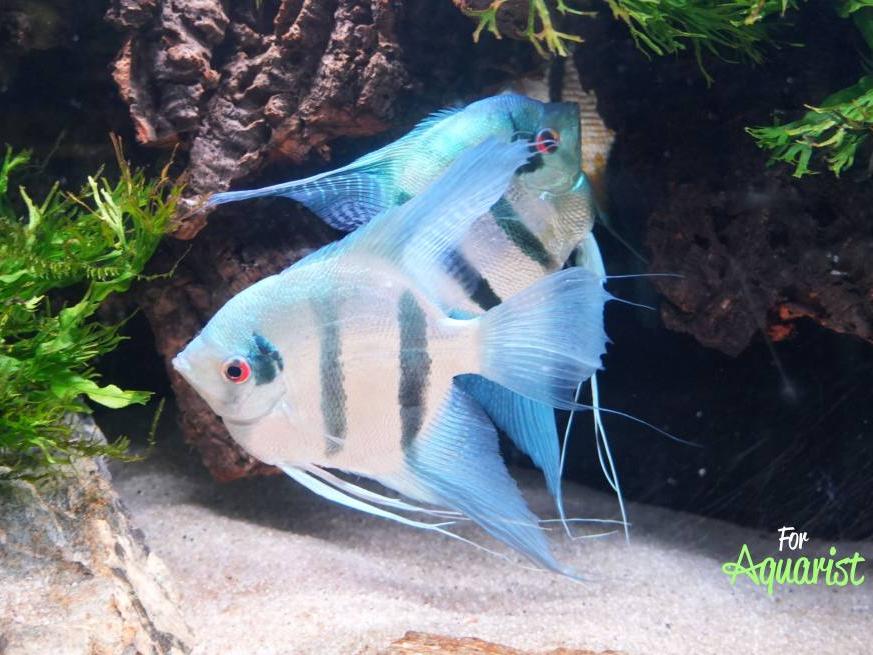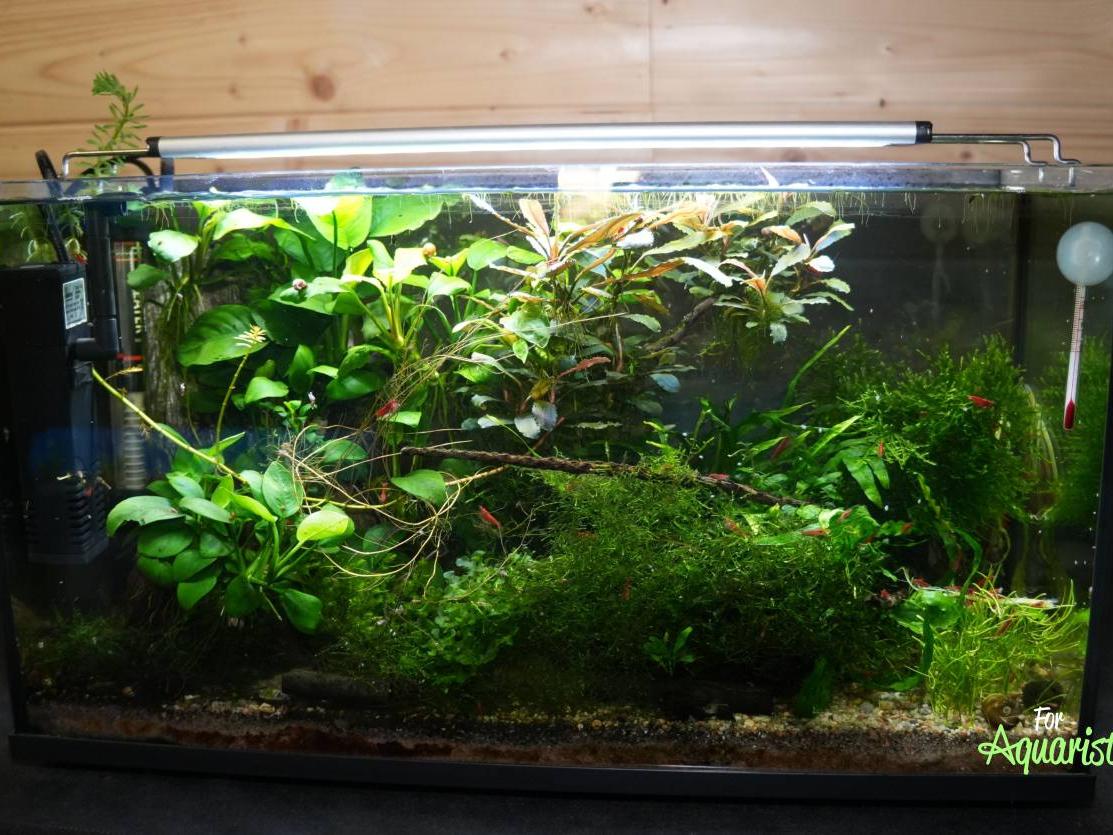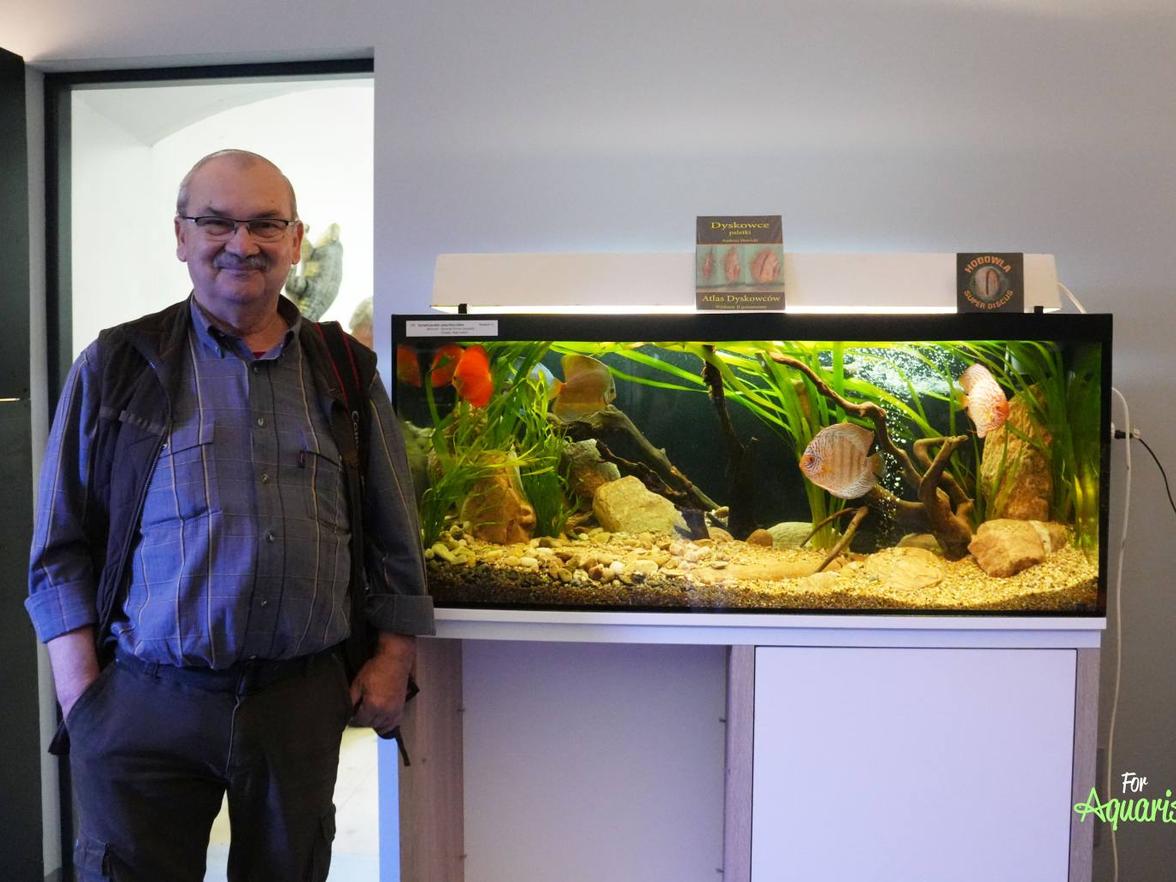This year's aquarium exhibition in Rychnov nad Kněžnou once again confirmed that it is one of the key events of the year. The article will guide you not only through the stunning exhibits but also behind the scenes of the event. You will learn how the team of organizers transformed the exhibition spaces and what interesting topics were discussed in the lectures by leading Czech aquarists.
Aquaristic exhibition that once again raised the bar
The aquaristic exhibition AkvaEXPO in Rychnov nad Kněžnou is an event that every enthusiastic aquarist, not only from the Czech Republic, eagerly anticipates. This year's edition was no exception.
I came here with pleasant memories of last year's edition, where the meeting with legendary Czech aquarists was combined with the view of perfectly arranged aquariums. This year's edition promised an experience that was even more interesting and creative, simply unforgettable. Moreover, the AkvaEXPO exhibition was no longer 'just' a weekend event, but lasted an entire week from Saturday, March 13, to Sunday, March 21, which provided more time not only for school visits but also allowed for repeated visits.
Innovation and hard work
Upon entering, it was clear that the Rychnov team led by chairman Vlastimil Hruška had done an enormous amount of work. In addition to the stunning exhibits, it was evident that they had successfully undertaken extensive construction modifications. The cleanliness and tidiness of the walls and ceilings gave the exhibition a professional and modern appearance. This transformation confirmed their dedication and commitment to a good cause.
Another welcome improvement was the Exhibition Catalog, which was missing last year. This guide contains a list of exhibits and their owners and became an invaluable aid for all visitors. The introductory article by Roman Tichý succinctly summarized the enormous effort that the organizers put into the exhibition.
Exhibits from across the republic and presentations that inspire
With great enthusiasm, I immersed myself in observing the displayed aquariums. Like other visitors, I was eagerly anticipating what the aquarists from the Akva-tera association had prepared. This time, the exhibition was enriched with exhibits from aquarists of several Czech aquaristic associations, and additionally included Polish participation. Although the arrangement of the exhibits differed from last year, some popular species, such as catfish, deservedly repeated their participation due to their success.
Besides the exhibition, I was also looking forward to the presentations. I always enjoy learning something new, something I can apply. I had already seen Jiří Libuš's presentations on corals and Stanislav Brunclík's on breeding selected forms of guppies at the Aqua Congress in Žďár nad Sázavou. Therefore, I didn't want to miss Ivo Barteček's presentation on the influence of organic extracts on fish health and Jaroslav Hofmann's on the nomenclatural turmoil of recent years, which he humorously introduced with the words:
Where the devil cannot go, he sends a woman.
And immediately afterwards, he displayed a slide with a photo of the first author of the work, who had already foreshadowed the aforementioned nomenclatural turmoil of catfish, Angelika Diaz. Jaroslav Hofmann humorously introduced the topic of nomenclatural turmoil, which affected not only catfish, and provided an overview of the authors involved in genetic research.
He then focused on taxonomic changes in the family Characidae, which were presented no less interestingly.
At the end of the presentation, Ing. Vladimír Hulman took the stage to remind, as stated in the Exhibition Catalog, the correct grammatical writing of the nomenclature of animals and plants.
Double visit, an unforgettable experience
The day flew by, and I realized that I had been drawn into interesting discussions but completely forgot about taking photos. Therefore, I returned to the exhibition on its last day to view the tanks again and document them. It was a great opportunity to compare the condition of the aquariums and the health of their inhabitants at the beginning and end of the exhibition. It was beautiful to see how well the inhabitants were doing, and that in some tanks, they had even improved during the week.
The final day took place in a pleasant atmosphere. I am sure that everyone who visited the exhibition took away an unforgettable experience. I fully understand why aquarists return here year after year. I can't wait to see what the Akva-tera team prepares for us in 2026.
